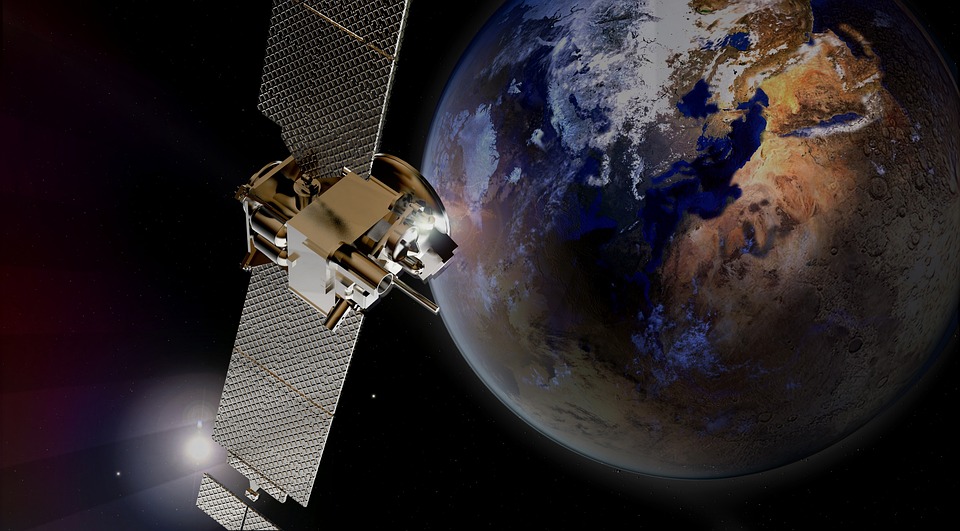“European Space Agency satellite re-enters Earth’s atmosphere over North Pacific Ocean. No damage reported.”
A European Space Agency (ESA) satellite re-entered Earth’s atmosphere over the North Pacific Ocean between Alaska and Hawaii on Wednesday afternoon, with no reports of damage so far, according to the agency.
The agency’s Space Debris Office, along with an international surveillance network, monitored and tracked the ERS-2 Earth observation satellite throughout February to make predictions about the re-entry, which occurred at 12:17 p.m. ET on Wednesday. ESA provided continuous live updates on its website.
The satellite, about 50 miles (80 kilometers) above Earth’s surface, broke up due to atmospheric drag, with most of the fragments expected to burn up in the atmosphere. The agency said it was possible that some fragments reached the planet’s surface, but that the pieces did not contain any harmful substances and probably fell into the ocean.
The exact time of re-entry was unclear even in the days before due to the unpredictability of solar activity, which can change the density of Earth’s atmosphere and how the atmosphere pulls on the satellite. As the sun approaches the peak of its 11-year cycle, known as the solar maximum, solar activity has been increasing. Solar maximum is expected to occur later this year.
The ERS-2 satellite had an estimated mass of 5,057 pounds (2,294 kilograms) after depleting its fuel, according to the agency.
The satellite, first launched on April 21, 1995, and was the most sophisticated satellite of its type developed and launched at that time by Europe. Together with its twin, ERS-1, the satellite collected valuable data about the planet’s polar caps, oceans, and land surfaces and observed disasters such as floods and earthquakes in remote areas.
According to the agency, the data collected by ERS-2 is still used today. “ERS satellites have provided a stream of data that has changed our view of the world we live in,” said Simonetta Cheli, director of the agency’s Earth Observation Programs, in a statement.
In 2011, the decision was made to end the satellite’s operations and deorbit it, rather than add to the spiral of space debris orbiting the planet. The satellite performed 66 deorbit maneuvers in July and August 2011 before the mission officially ended later that year on September 11. The maneuvers consumed the rest of the satellite’s fuel and reduced its altitude, putting ERS-2’s orbit on a slow spiral trajectory closer to Earth and re-entering the atmosphere within 15 years.
The chances of a person being injured by space debris each year are less than 1 in 100 billion, about 1.5 million times lower than the risk of dying in an accident at home.
